Conferences provide excellent platform to discuss LANSA evidence

The TAAS- IFPRI (Trust for Advancement of Agriculture Sciences-International Food Policy Research Institute) National Conference on Sustainable Development Goals: Preparedness and Role of Indian Agriculture was held on May 11 and 12, at the National Agricultural Science Complex, Pusa, New Delhi.
The purpose of the event was to attempt to document existing state of poverty, hunger, malnourishment, natural resource degradation and climate risks. It also looked to explore the potential of improved technologies and best practices / innovations adopted by other developing countries to achieve SDGs, and to assess their relevance / feasibility of adaption in India and other South Asian countries.
Around 200 researchers, policy makers, agriculture scientists and nutritionists from institutes like IFPRI, TAAS, IGIDR, NAARM, ICRISAT, NABARD and NITI Aayog attended.
Snippets from LANSA presentations at the Conference
There were nine Technical Sessions and a Poster Session, and MSSRF showcased three poster presentations, and one oral presentation based on ongoing work under LANSA.
Priya Rampal’s oral presentation focused on the link between agriculture and nutrition using aggregate data from the National Sample Survey (for consumption) and National Health and Family Survey (for nutrition).
 As we are aware, pulses are an extremely important food group to tackle protein energy malnutrition and their importance in forming a balanced diet is crucial. Encouraging the production and consumption of pulses is essential to achieve the Sustainable Development Goals of reducing hunger and poverty and promoting health and nutrition in India.
As we are aware, pulses are an extremely important food group to tackle protein energy malnutrition and their importance in forming a balanced diet is crucial. Encouraging the production and consumption of pulses is essential to achieve the Sustainable Development Goals of reducing hunger and poverty and promoting health and nutrition in India.
In 2013-14, total area under pulses was 25 million hectares and production was about 19 million tonnes, while the demand was about 24 million tonnes (Directorate of Economics & Statistics, 2015). The production has shown an increase since the 80s, except for the last few years. However, after accounting for seed, feed and wastage, the per capita availability of pulses was around 38 grams per day, which is less than the daily requirement of 40 grams per day (Table 1, Figure 1)[1]. Only after accounting for imports, could India meet the daily requirement of pulses.
As a whole, protein intake per person per day has declined since 1993-94. However, the decline in the urban sector is less marked than in the rural. On examining the nutritional status, we could observe that the proportion of children (who are undernourished) is always higher in the rural sector when compared to the urban. This can be attributed to the different dietary habits in the sectors. The rate of decline in malnutrition levels is extremely low, of the order of 0.5% per annum. (More details at http://lansasouthasia.org/blog/pulse-consumption-india)
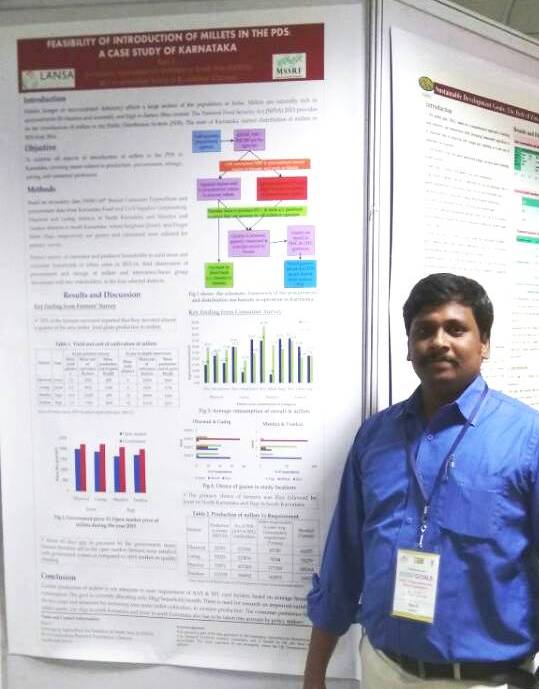 The poster by S. Raju showcased LANSA’s study on the ‘Feasibility of introduction of Millets in the PDS: A Case study of Karnataka’.
The poster by S. Raju showcased LANSA’s study on the ‘Feasibility of introduction of Millets in the PDS: A Case study of Karnataka’.
While the National Food Security Act (NFSA) 2013 provides for the introduction of Millets in the Public Distribution System (PDS). The state of Karnataka started distribution of Millets via the PDS in 2014. The LANSA study examines issues related to production, procurement, storage, pricing, and consumer preference.
Seventy percent of the farmers surveyed reported that they devoted almost a quarter of the production area to Millets. Minimum Support Price (MSP) offered is higher than open market price but there is delay of about 60 days in payment by the government; many farmers thus sell in the open market. Procurement has also been low over the last two years due to insufficient production. The consumer demand for Millets is fairly strong in Karnataka, but rice is still the most preferred cereal. Wheat is the least preferred grain allowing for most to replace their purchase decision with Millets. LANSA study points to the need for research on improved varieties of the crop and measures for increasing area under millet cultivation for effective policy initiatives. (Find out more at http://lansasouthasia.org/blog/Millets-public-distribution-system-india-could-address-hidden-hunger).
Intervention-based findings from LANSA’s action research study showcased
Two posters based on the Farming System for Nutrition (FSN) Study in Wardha and Koraput were presented.
 Prashant Deokar et al had a poster on ‘Backyard Poultry Farming: A Promising Approach to Address the Nutrition and Livelihood Security of the Rural Poor in Wardha, Maharashtra’ giving an overview of the role of backyard poultry in improving nutrition.
Prashant Deokar et al had a poster on ‘Backyard Poultry Farming: A Promising Approach to Address the Nutrition and Livelihood Security of the Rural Poor in Wardha, Maharashtra’ giving an overview of the role of backyard poultry in improving nutrition.
The FSN study is underway in five villages of Wardha district (Vidarbha) Maharashtra, which is predominantly agrarian economy with 68 per cent workers classified as cultivators and agricultural labourers. Out of 556 households, 175 (32 per cent) are landless. Agricultural and non-agricultural wage labour is the primary occupation, and 39 per cent belong to small and marginal category with agriculture as primary occupation. More than 80 per cent of children (<5 yrs age), adolescent girls (12-17yrs) and women (18-45 yrs) were found Anaemic.
Backyard poultry was initiated as an activity to improve protein intake at household level. After six months of rearing and careful management, poultry birds began egg laying and attained height of 35-40 cm with weight of 950g -1kg. Surplus after households consuming both egg and meat was sold within the community, and also in the local market. This provided for additional income in the household. (Further details at http://lansasouthasia.org/sites/default/files/MAFSU%20Program_24th%20Nov%2C2015.pdf)
Akshaya Kumar Panda et al displayed a poster from Koraput district, Odisha, focused on addressing Anaemia and Vitamin deficiency using household nutrition gardens. The district is categorised as one of the high-burden areas of malnutrition - the prevalence of anaemia is 63 percent in the age group of 15-49 years of women and men here.
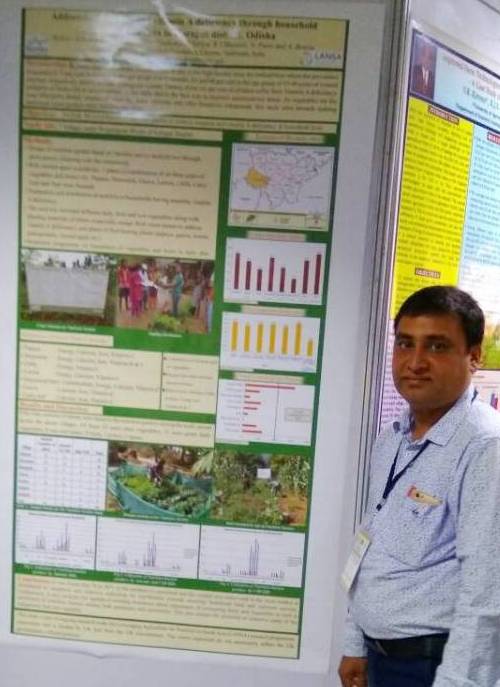 The native tribals have a culture of maintaining home gardens with only few traditional vegetables like broad beans, cow pea, pumpkin, bottle gourd and ash gourd are grown. Vegetable consumption in the community is limited to availability of these vegetables. During off-season, coupled with high market price and lack of awareness, vegetable consumption is further limited. In this context, LANSA encouraged nutrition gardens in 210 households (where atleast one family member was Anaemic) in seven core villages of Koraput.
The native tribals have a culture of maintaining home gardens with only few traditional vegetables like broad beans, cow pea, pumpkin, bottle gourd and ash gourd are grown. Vegetable consumption in the community is limited to availability of these vegetables. During off-season, coupled with high market price and lack of awareness, vegetable consumption is further limited. In this context, LANSA encouraged nutrition gardens in 210 households (where atleast one family member was Anaemic) in seven core villages of Koraput.
The FSN study aims to render consistent output in terms of diversity, better nutrition and additional income. Special attention was given to households with family members having Anaemia, Vitamin-A deficiency. Vegetable and fruit species were selected keeping these needs in mind. Seed kits consisting different leafy, fruit and root vegetables along with planting materials of tubers (particularly orange flesh sweet potato), and fruit-bearing plants (lemon, moringa, papaya, guava, pomegranate, custard apple, etc) were distributed at household level.
In addition, by using the ‘Seven Plants Campaign’ households were encouraged to plant seven crops (papaya, drumstick, chilly, lemon, dioscorea (yam), guava and curry leaf) in home nutrition gardens. It was found that 70-80% of the produce is consumed and the surplus was either sold in the local market or distributed to neighbours and relatives indicating its significance towards ensuring household food and nutrition security. Furthermore, this effort also has the purpose of creating awareness on the importance of consuming fruits and vegetables promoting nutrition literacy among both producers and consumers. (Read more at http://lansasouthasia.org/sites/default/files/Koraput-Report_of_Nutrition_Garden2013.pdf)
---
[1] Low cost Indian vegetarian diet Page 112 in NIN’s Nutrient Requirements And Recommended Dietary Allowances For Indians accessed at http://icmr.nic.in/final/RDA-2010.pdf

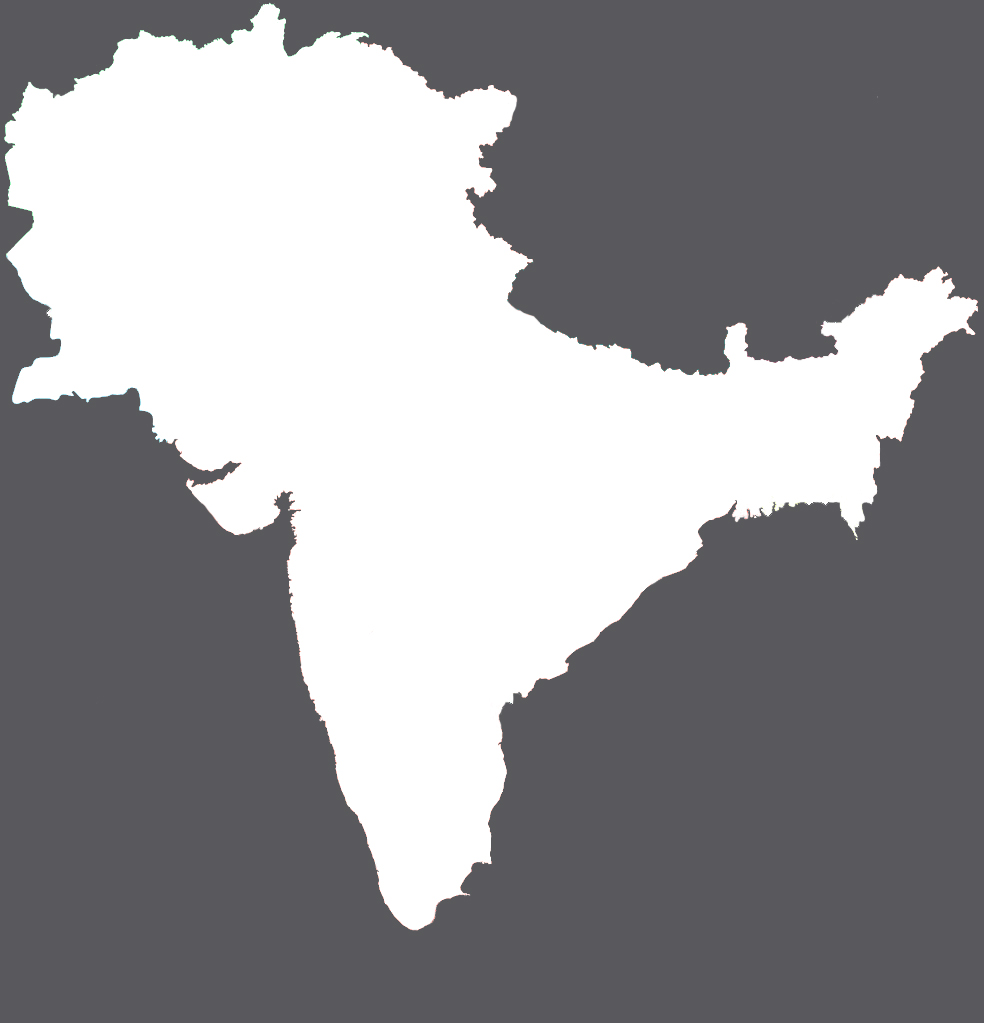
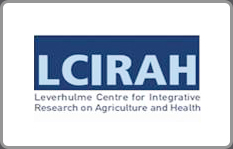

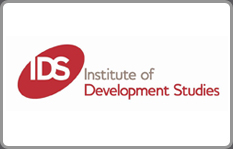


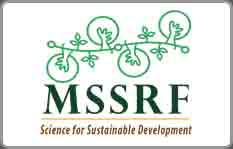
Add new comment